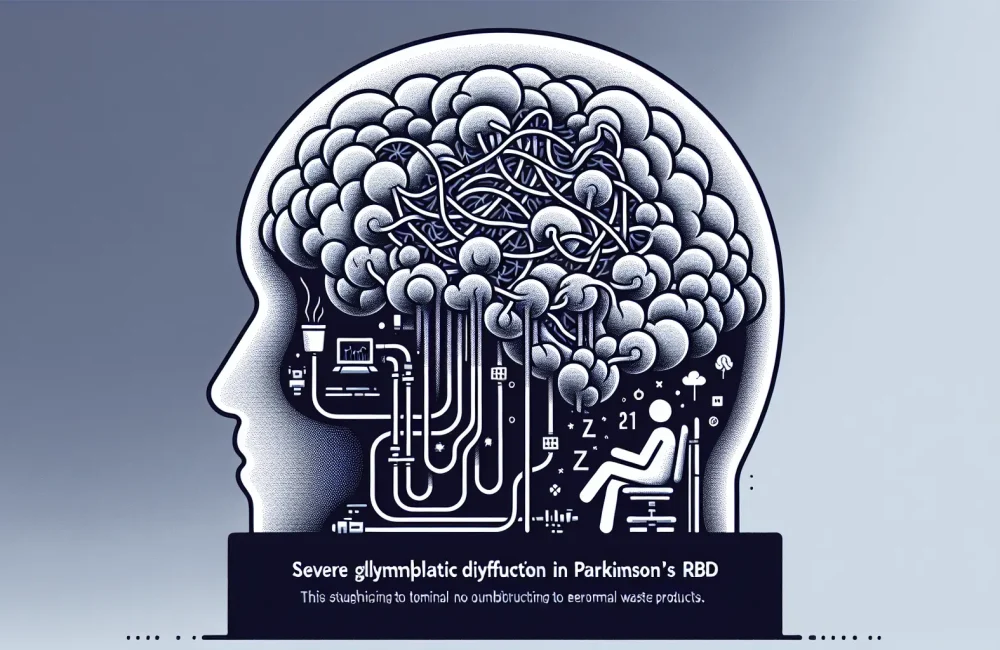By CAFMI AI From npj Parkinson’s Disease (Open Access)
Genetic Insights Into Parkinson’s Disease and GBA1 Variants
Parkinson’s disease (PD) is a complex neurodegenerative disorder characterized by both motor symptoms such as tremor, rigidity, and bradykinesia, as well as non-motor symptoms including cognitive and autonomic dysfunction. The etiology of PD involves a combination of genetic and environmental factors, with mutations in the GBA1 gene emerging as one of the most significant genetic risk factors. The GBA1 gene encodes glucocerebrosidase, a lysosomal enzyme integral to cellular metabolism. Variants in GBA1 show substantial heterogeneity in their effects on PD risk, presentation, and progression, making it crucial to classify these mutations accurately for clinical relevance. This comprehensive classification assists clinicians in understanding the spectrum of disease severity and assists in prognosis tailored to the individual patient’s genetic background. Recognizing specific genotype-phenotype correlations can refine the diagnosis process, improving patient counseling, risk stratification, and therapeutic planning in the primary care setting.
Methodological Approach to Variant Classification and Clinical Implications
This study employed an in silico analytical approach to classify 150 GBA1 variants reported in PD cohorts by integrating results from several computational prediction tools such as PolyPhen-2, SIFT, MutationTaster, and Combined Annotation Dependent Depletion (CADD) scores. These algorithms predict whether a given variant is likely deleterious based on its effect on protein structure, function, and evolutionary conservation. The research team further used homology modeling to assess structural impacts on the enzyme glucocerebrosidase, pinpointing variants likely to disrupt the active site or overall protein stability. The resulting classification framework divided variants into five categories—benign, likely benign, uncertain significance, likely pathogenic, and pathogenic—based on a composite score of predicted pathogenicity and functional impairment. For clinicians, this classification offers a pragmatic tool in the genetic counseling of PD patients, enabling more precise risk communication regarding disease prognosis and potential progression. Moreover, it assists in identifying patients who might benefit from targeted therapies and monitoring for earlier onset or rapid disease progression. This structured methodology highlights the utility of computational tools to effectively prioritize variants for further functional validation without immediate reliance on costly laboratory experiments.
Clinical and Research Advancements in Parkinson’s Disease Management
The clinical significance of this detailed GBA1 variant classification extends beyond genetic counseling into improved patient management and research direction. Understanding which mutations confer higher pathogenicity informs clinicians about the likelihood of accelerated PD progression, influencing decisions on disease surveillance and therapeutic interventions. The framework supports personalized medicine approaches by identifying patients at greater risk for severe manifestations. It also provides a roadmap for future studies where clinical phenotypes can be correlated prospectively with variant categories to validate and enhance predictive accuracy. Furthermore, the study underscores the importance of integrating clinical data with computational predictions to establish a more robust, evidence-based understanding of PD pathogenesis related to lysosomal dysfunction. This integrative model can lead to the development of novel biomarkers and tailored treatment strategies sensitive to the genetic architecture of the individual patient. Healthcare providers should consider GBA1 variant classification within comprehensive care pathways, facilitating early referral to specialists, appropriate counseling on disease risk, and timing of interventions. Lastly, this approach accelerates research by prioritizing variants for experimental validation, ultimately contributing to targeted drug development that could modify the course of Parkinson’s disease in genetically susceptible populations.
Read The Original Publication Here






